Humans used to think they were the center of the universe, but in actuality, mankind is not even the center of the galaxy. The Milky Way is pulled together by the dark, swirling masses of black holes packed with matter—.
As he gazed up at the night sky, Greco-Roman astronomer Ptolemy couldn’t have predicted the existence of gravity so concentrated it devours light.
Comforted by geocentrism—the idea that humankind was at the heart of it all—the scientist recorded and charted paths of stars thousands of light years away: in all.
It may be getting , but their stories prevail. In 2009, Pew Research reported that . With this in mind, Stacker compiled 30 of the most compelling constellations, and the stories behind them. These slides are in question-and-answer format: a clue is provided on the first slide with a photo showing the constellation (via in-the-sky.org), and the correct constellation outlined on the second.

Dominic Ford // in-the-sky.org
Mystery constellation #1
This constellation is home to the Little Dipper.
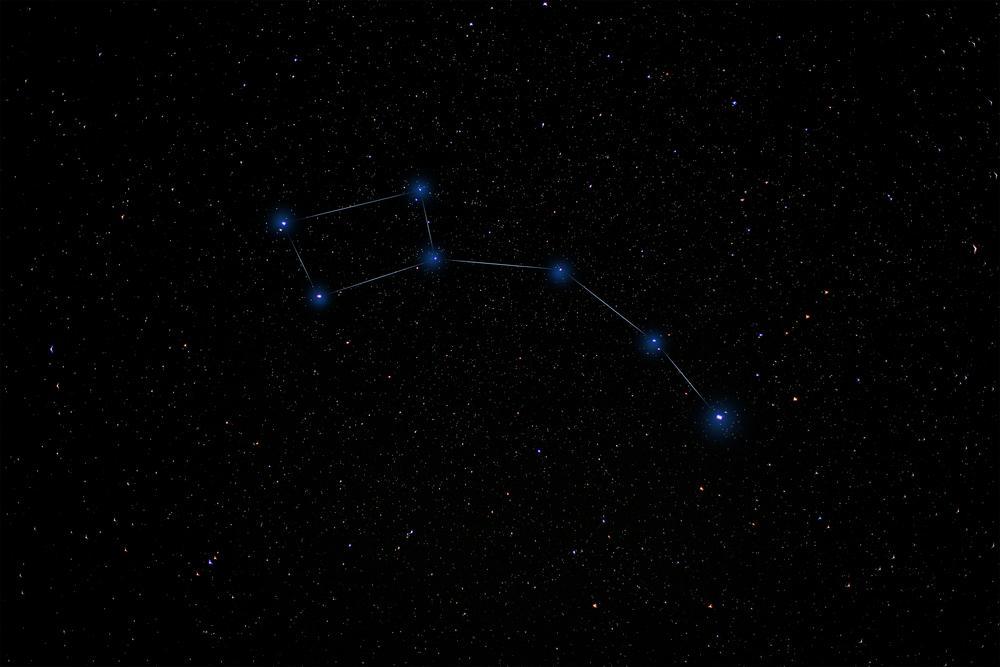
isak55 // Shutterstock
Ursa Minor
Known to the ancient Babylons as the "wagon of heaven," is home to the group of stars known as the Little Dipper. It is also home to the , which rests at the tip of the Little Dipper's handle.

Dominic Ford // in-the-sky.org
Mystery constellation #2
Which constellation is represented by the mythological satyr in Greek mythology?
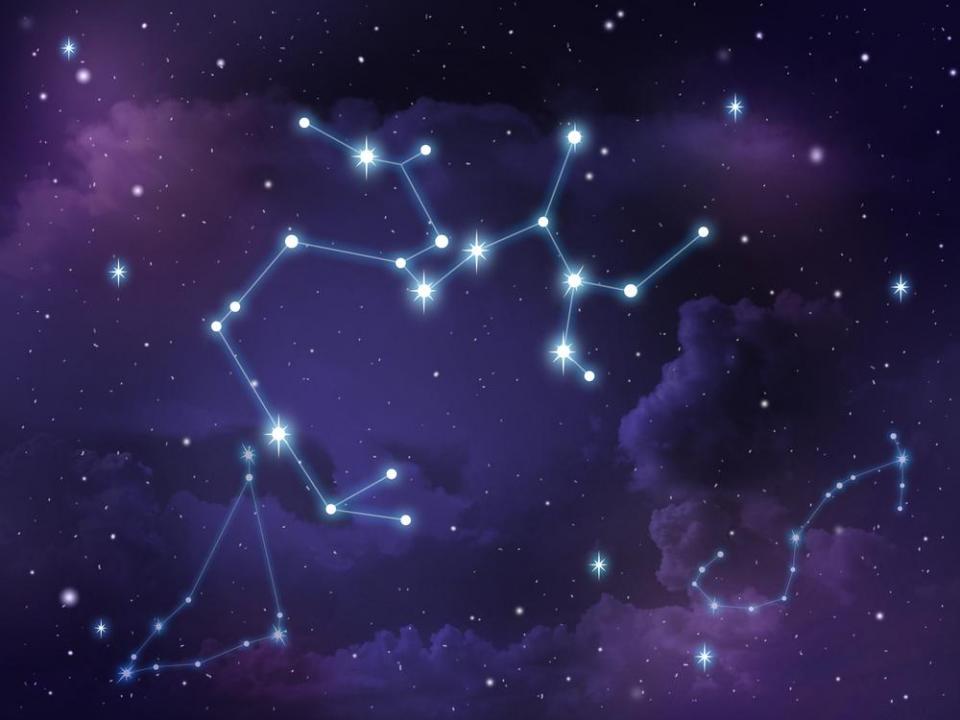
Taeya18 // Shutterstock
Sagittarius
If you look up late on a summer night and see a bow flashing across the Milky Way, you may have just spotted Sagittarius—a “satyr” to the Greeks. The Sun shines through Sagittarius in the winter months, making it the last Zodiac sign in the calendar year.

Dominic Ford // in-the-sky.org
Mystery constellation #3
The largest recognized constellation, home to smaller constellations like Hercules.
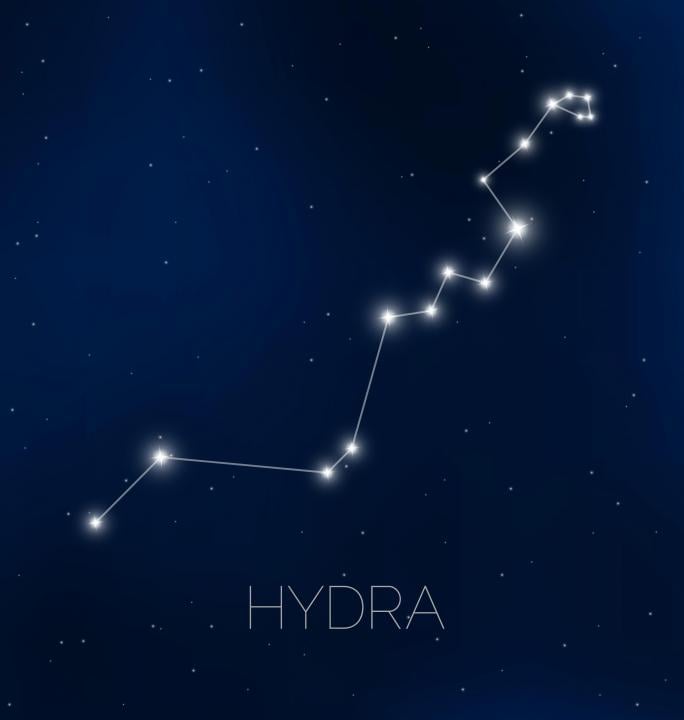
Hollygraphic // Shutterstock
Hydra
The Hydra covers more than , making it the largest in the solar system. Hydra is best seen snaking around the Milky Way during the fall months.

Dominic Ford // in-the-sky.org
Mystery constellation #4
This is the only constellation easily visible to the naked eye from the Northern Hemisphere that lives outside of the Milky Way.
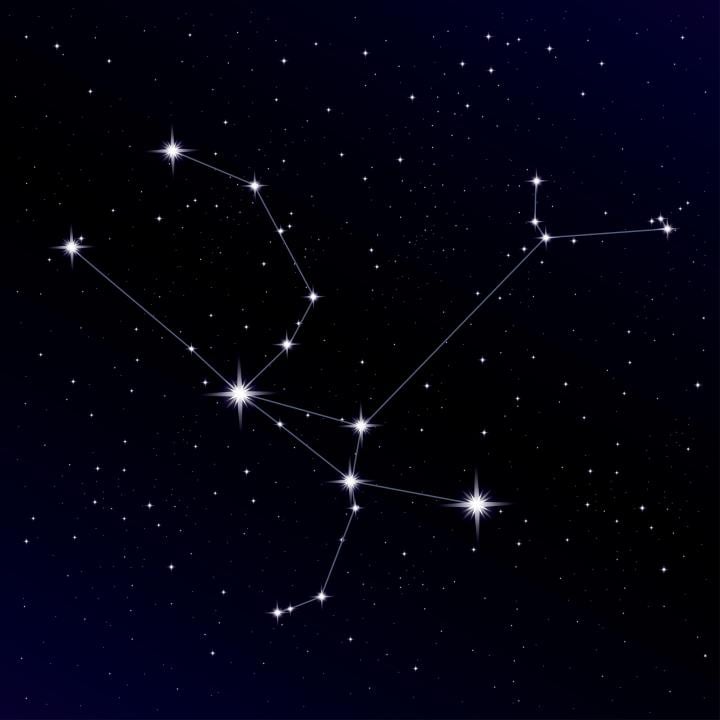
angelinast // Shutterstock
Andromeda
A hazy mass resembling a risen moon, can be seen best in the dead of night during late November—but not well enough for individual stars to be identified without a telescope.
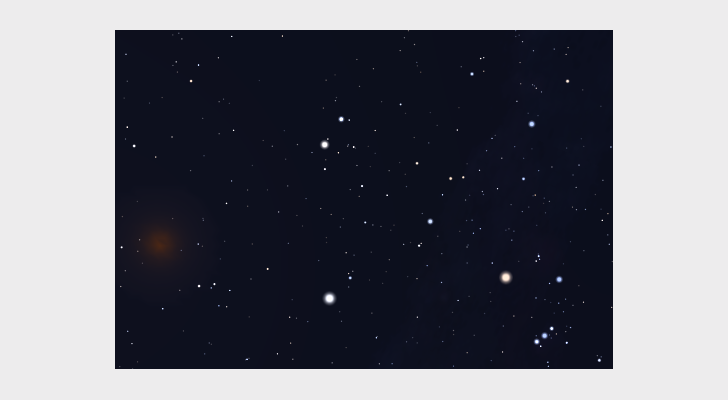
Dominic Ford // in-the-sky.org
Mystery constellation #5
In Greek mythology, this constellation is said to resemble twins Castor and Pollux.
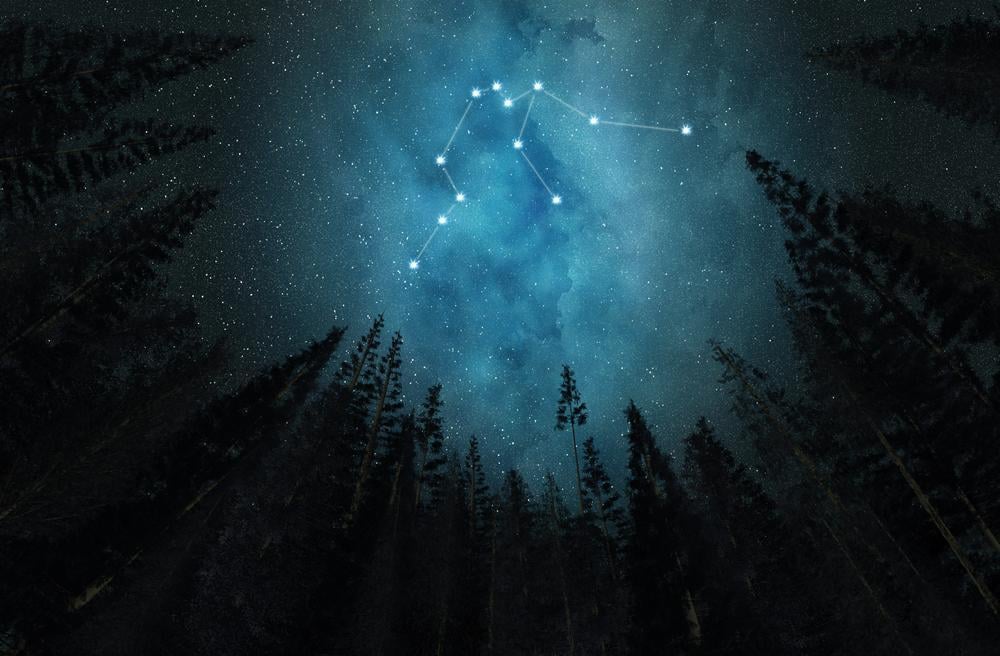
Roman Voloshyn // Shutterstock
Gemini
An orange-giant (Pollux) and sextulet star system (Castor) are said to be the in Gemini. One of the 13 Zodiac signs, Geminis are rumoured to

Dominic Ford // in-the-sky.org
Mystery constellation #6
Some of the brightest stars and galaxies reside in this constellation, including Regulus.
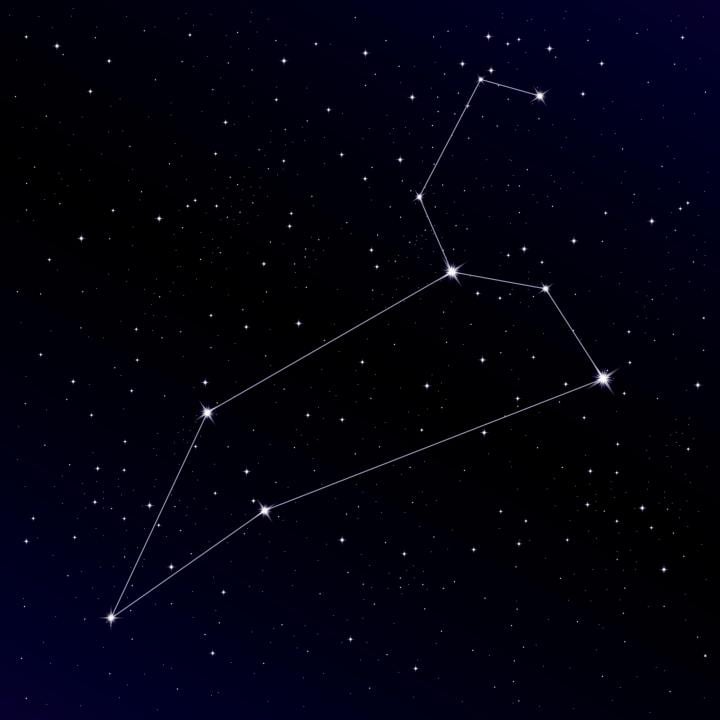
angelinast // Shutterstock
Leo
One of the 48 constellations originally discovered by Greek astronomer Ptolemy, Leo is one of the easiest to identify, thanks to its Said the be the “lion” constellation, Leo represents those born from July 22 to Aug. 22.
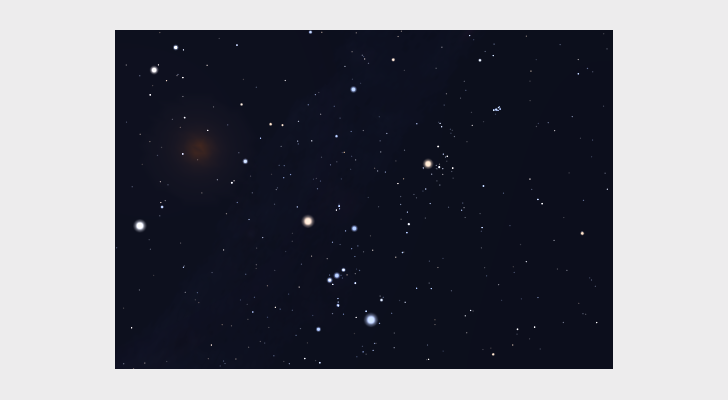
Dominic Ford // in-the-sky.org
Mystery constellation #7
Six of the seven main stars in this famous constellation are .
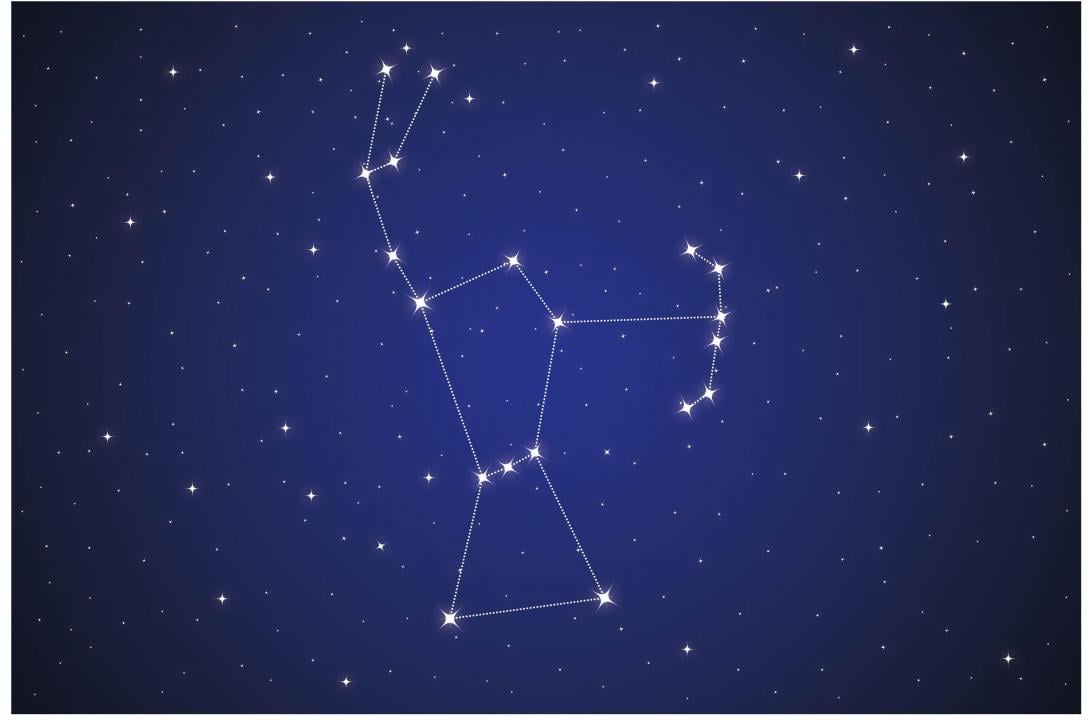
Ad_hominem // Shutterstock
Orion
The hunter of the sky, Orion is one of the most recognizable constellations not belonging to the Zodiac. Located in the Northern Hemisphere, identifying Orion’s Belt is the easiest way to pinpoint the larger constellation: Just look for three stretching across the night sky.
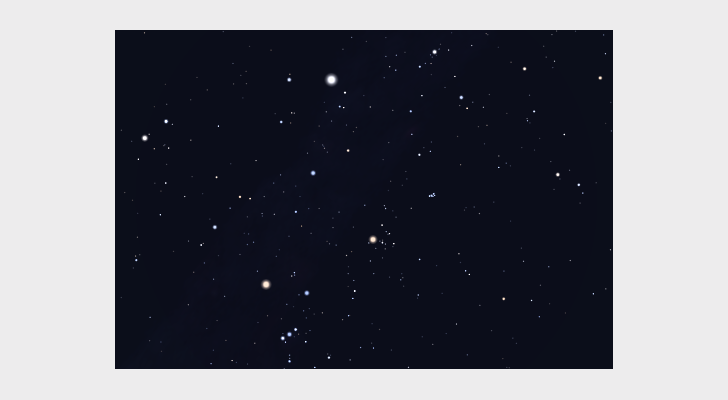
Dominic Ford // in-the-sky.org
Mystery constellation #8
Although not one of the 88 officially recognized constellations, this formation has been used for centuries identify the start and end of farming seasons.
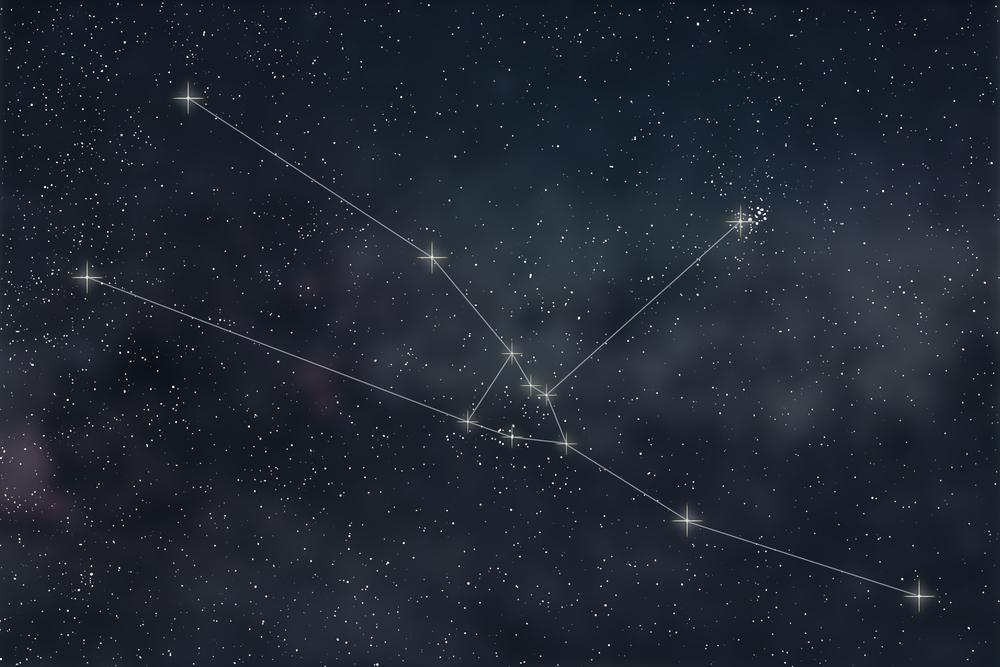
Allexxandar // Shutterstock
Pleiades
Within the zodiacal constellation Taurus lies Pleiades, a . First examined by Galileo, Pleiades’ rise in the Northern Hemisphere has long marked the beginning of the agricultural season.

Dominic Ford // in-the-sky.org
Mystery constellation #9
The southern pole star Polaris Australis lies in this constellation.
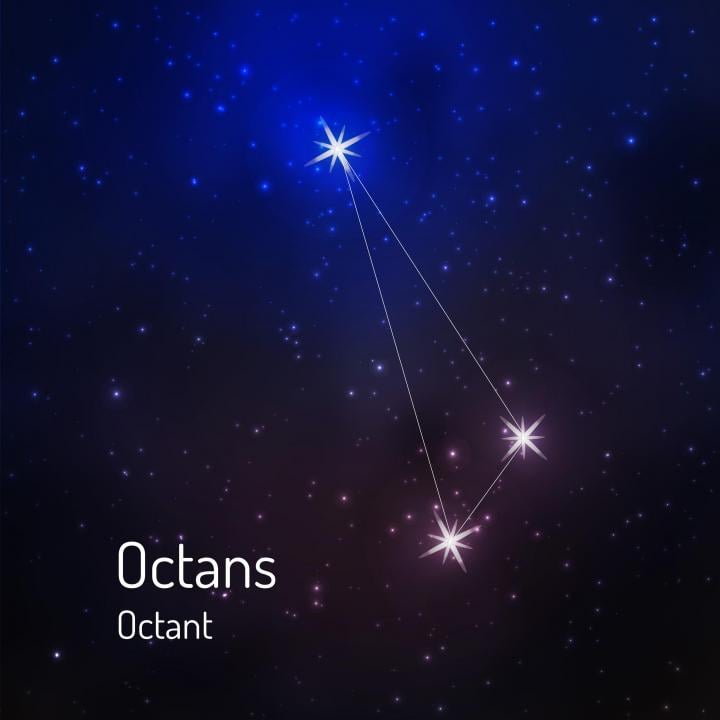
Foxyliam // Shutterstock
Octans
More difficult to see than the northern pole star Polaris, has not traditionally been used for navigation purposes. As one of the constellations identified by French astronomer Nicolas Louis de Lacaille in 1756, the south pole, and has no representation in Greek mythology.
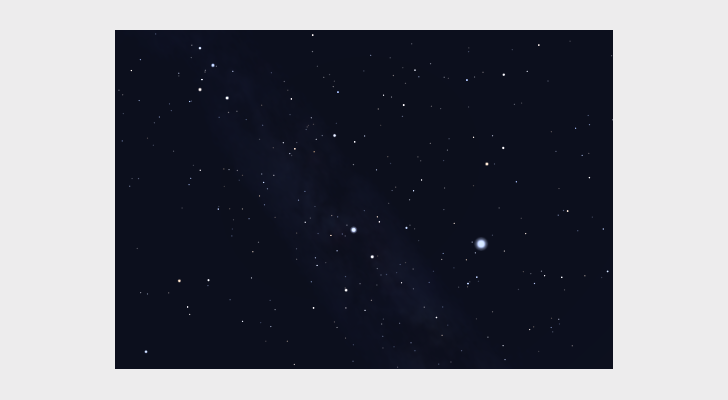
Dominic Ford // in-the-sky.org
Mystery constellation #10
The Greek god Zeus is said to have taken the form of this constellation as a means of seduction.
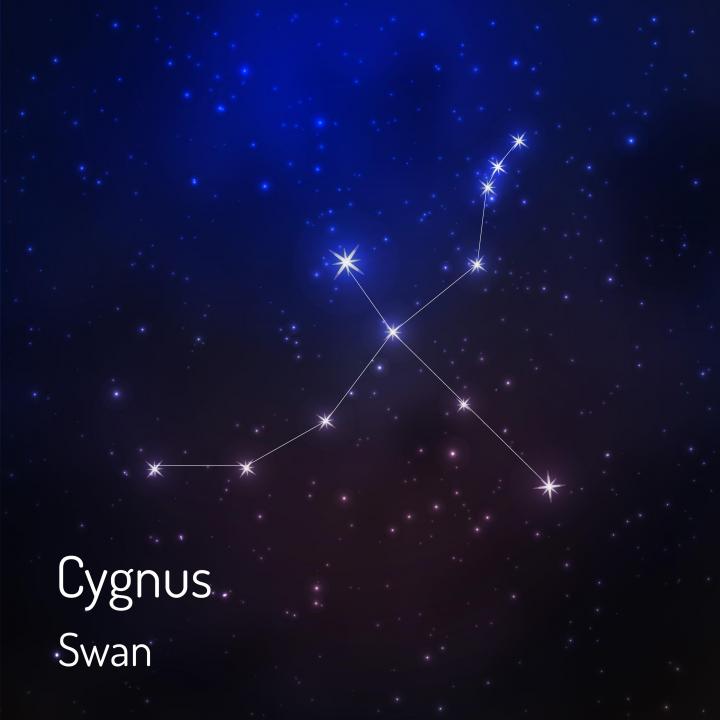
Foxyliam // Shutterstock
Cygnus
Latin for “Swan,” Cygnus was the form Zeus took to Its scientific impact, however, can be found in noteworthy identifiers such as : a black hole that provided the first scientific evidence of the existence of all black holes.
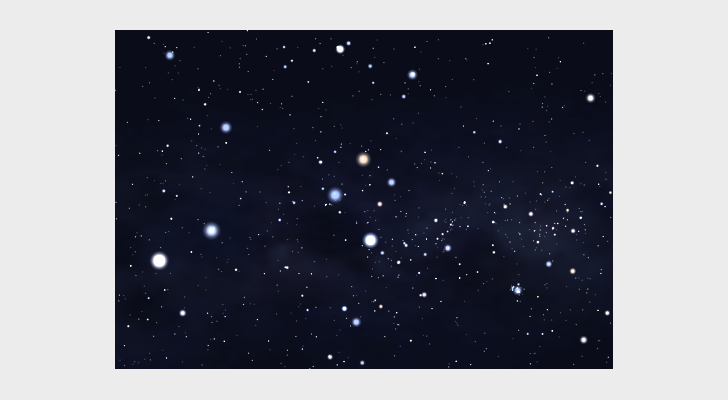
Dominic Ford // in-the-sky.org
Mystery constellation #11
This is the smallest identified constellation.
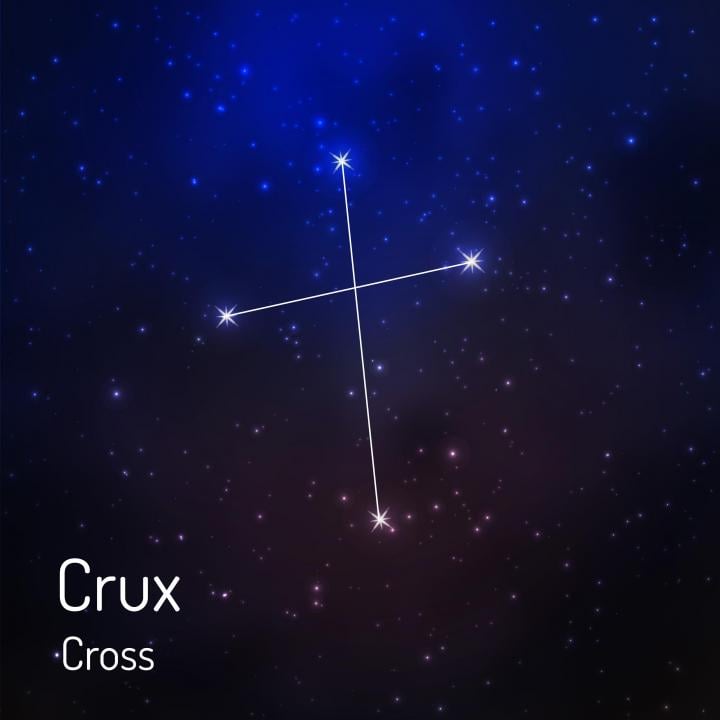
Foxyliam // Shutterstock
Crux
Crux takes up just . Known as the “southern cross” for its four points, Crux is from much of the Northern Hemisphere, including most of the United States.

Dominic Ford // in-the-sky.org
Mystery constellation #12
This zodiacal constellation represents the element of Earth, assigned to those born from Aug. 23 to Sept. 22.
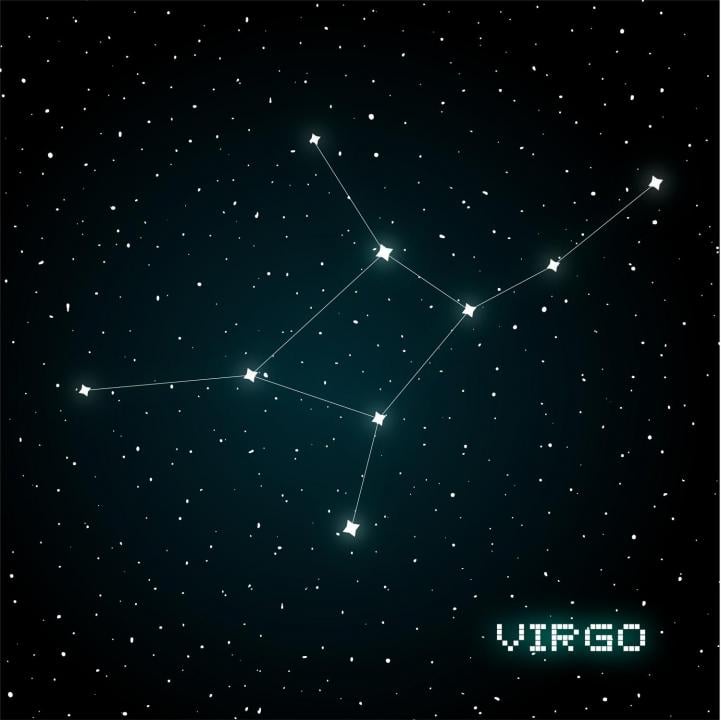
RATOCA // Shutterstock
Virgo
The , Virgo is home to multiple galaxies. In one mythological tale, Virgo represents the , usually depicted holding the scales of justice.

Dominic Ford // in-the-sky.org
Mystery constellation #13
This constellation is also known as “Queen of Ethiopia.”
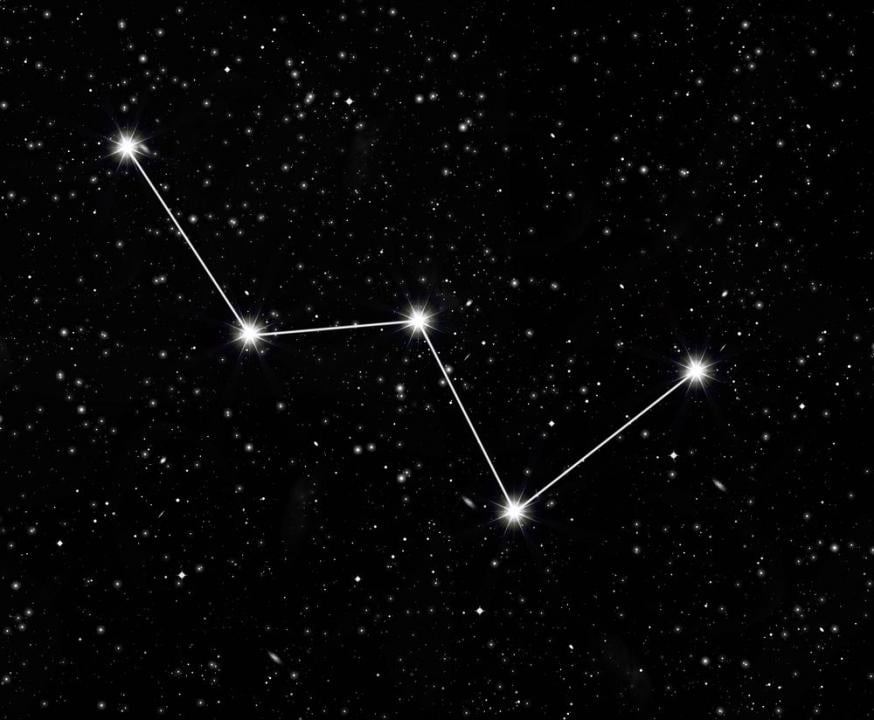
Tatyana Vyc // Shutterstock
Cassiopeia
In Greek mythology, this constellation was named for a queen whose vanity drove . The constellation looks like a “W”—or “M”, depending on the time of year—and can be easily identified without a telescope.

Dominic Ford // in-the-sky.org
Mystery constellation #14
One of the faintest of the 13 zodiacal constellations, those represented by this sign are rumoured to be passionate—if a little moody.
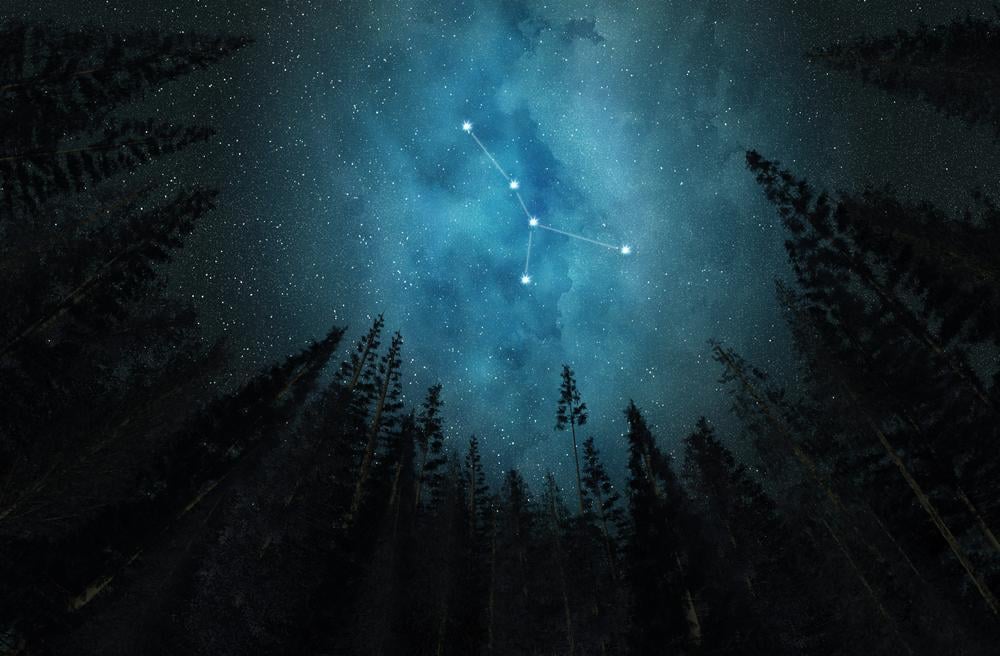
Roman Voloshyn // Shutterstock
Cancer
A crablike form compiled from relatively lackluster stars, Cancer has one saving grace: , one of the brightest star clusters. Despite its small role in larger mythology, in some cultures Cancer was rumoured to be the “gate of men,” a

Dominic Ford // in-the-sky.org
Mystery constellation #15
This constellation is home to the Big Dipper.
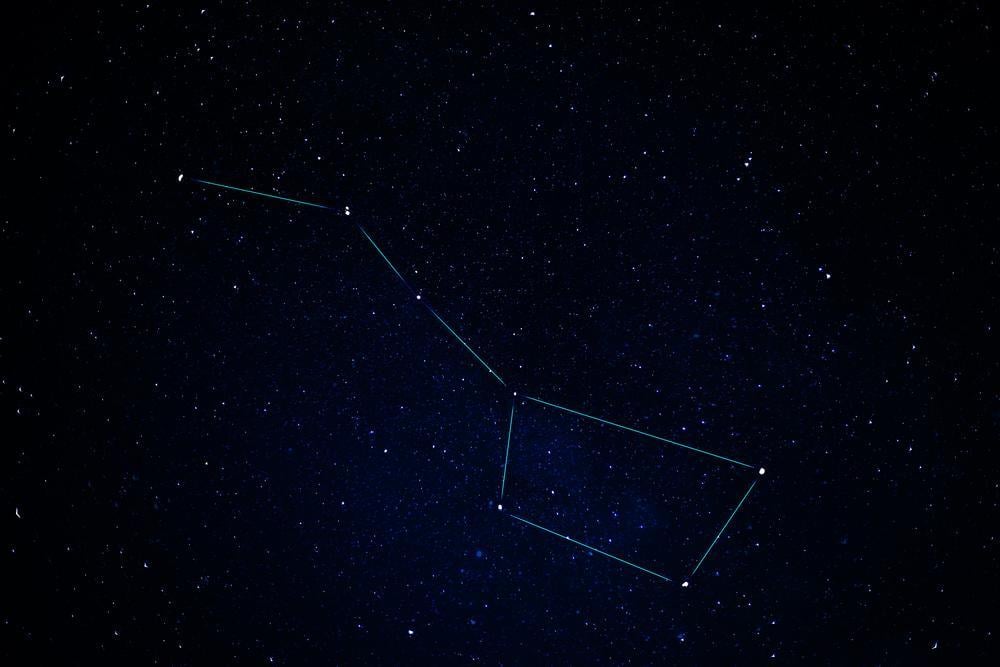
isak55 // Shutterstock
Ursa Major
Latin for “the greater bear,” Ursa Major is in our solar system. It contains the Big Dipper, which is used as a point of reference for identifying many other constellations.
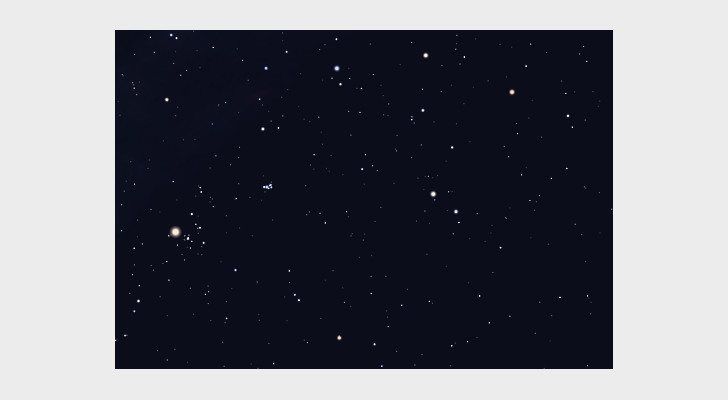
Dominic Ford // in-the-sky.org
Mystery constellation #16
This constellation is the first sign of zodiac and represented by a ram.
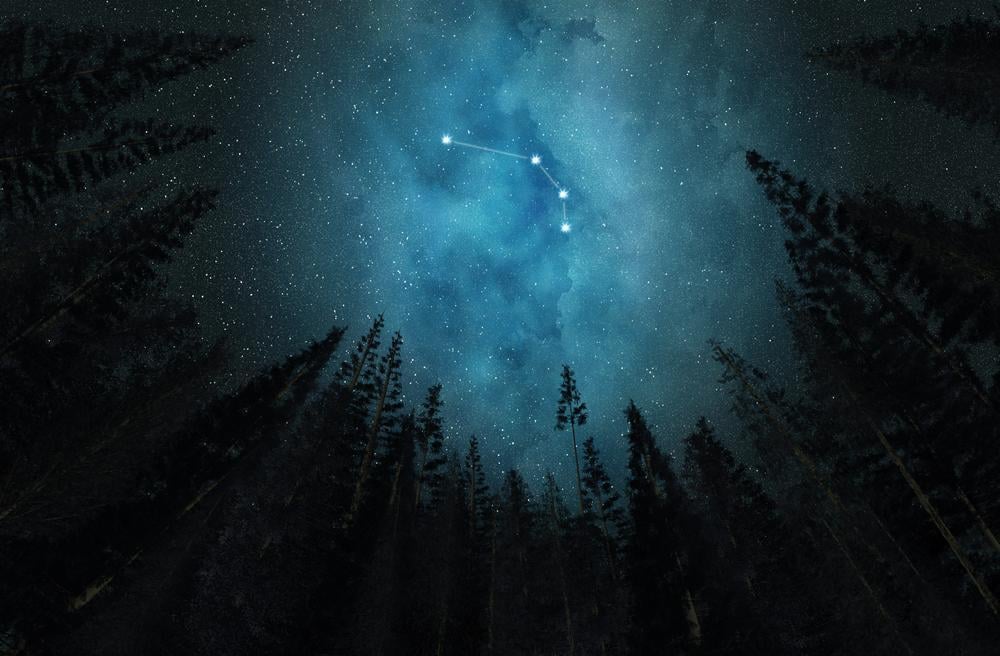
Roman Voloshyn // Shutterstock
Aries
Aries is the zodiac sign for those born from . First identified by Ptolemy, the constellation is in the between Pisces and Taurus.

Dominic Ford // in-the-sky.org
Mystery constellation #17
This constellation belongs to the Perseus family, and is the seventh-largest constellation.
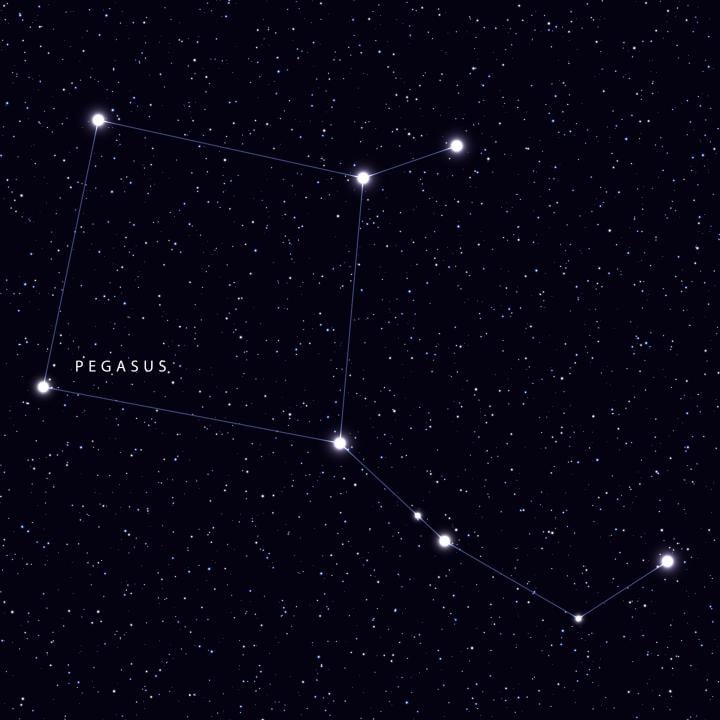
Lauritta // Shutterstock
Pegasus
Named after a winged horse that appears throughout Greek mythology, with confirmed planets.
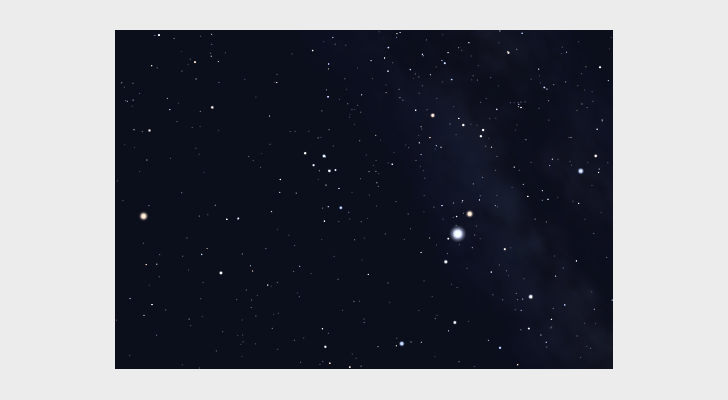
Dominic Ford // in-the-sky.org
Mystery constellation #18
In Greek mythology, the namesake of this constellation carried Zeus’ thunderbolts.
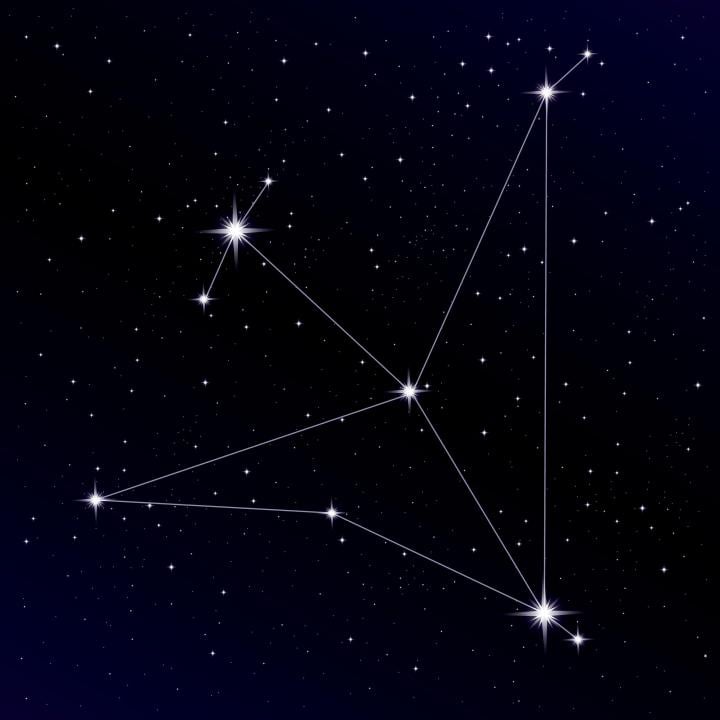
angelinast // Shutterstock
Aquila
According to the , Aquila was an eagle responsible for keeping Zeus’ thunderbolts handy. Aquila can be seen in the Northern Hemisphere from July through October.

Dominic Ford // in-the-sky.org
Mystery constellation #19
This constellation was one devised by Johannes Hevelius, and is made up of nine stars.
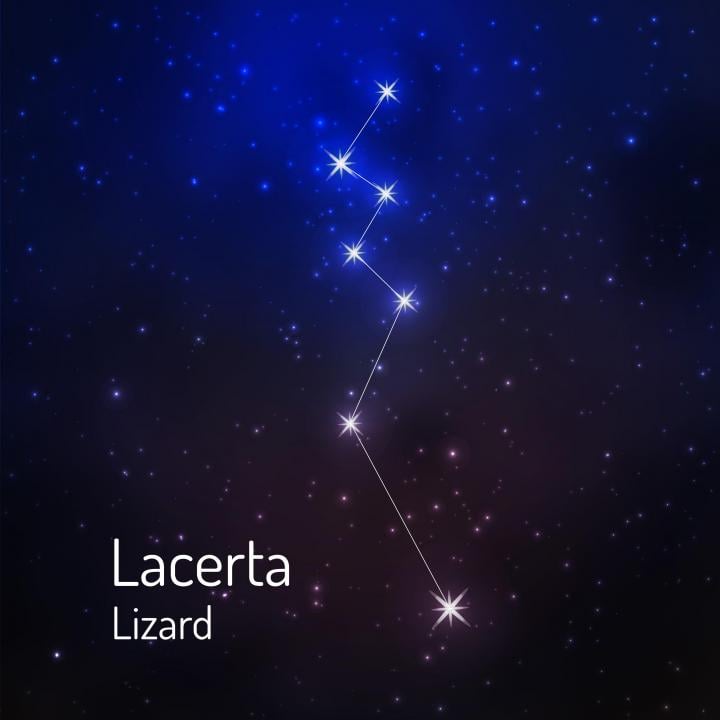
Foxyliam // Shutterstock
Lacerta
Also known as “the lizard,” Lacerta is located in the Northern Hemisphere, and
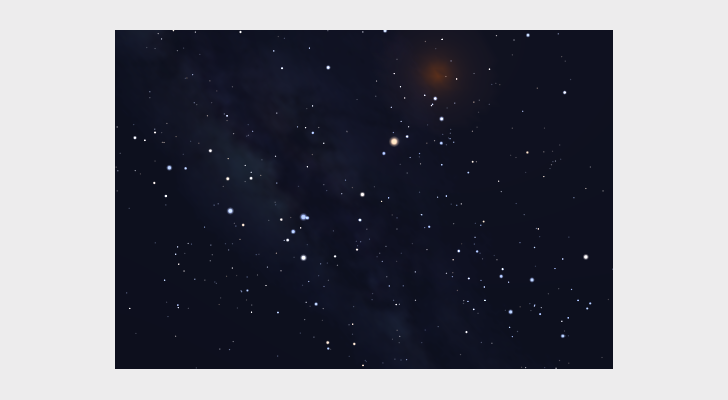
Dominic Ford // in-the-sky.org
Mystery constellation #20
This zodiacal constellation governs the period from Oct. 24 to Nov. 21.
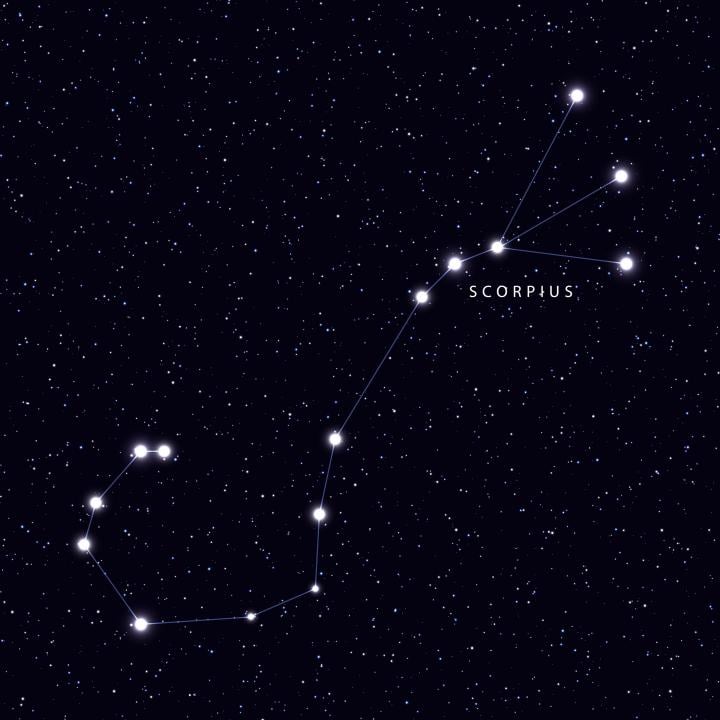
Lauritta // Shutterstock
Scorpius
With a line of stars curling around its spiny tail, Scorpius is . In Greek mythology, it is said to have been responsible for Orion’s death.

Dominic Ford // in-the-sky.org
Mystery constellation #21
The second-brightest star in the sky can be found in this constellation.
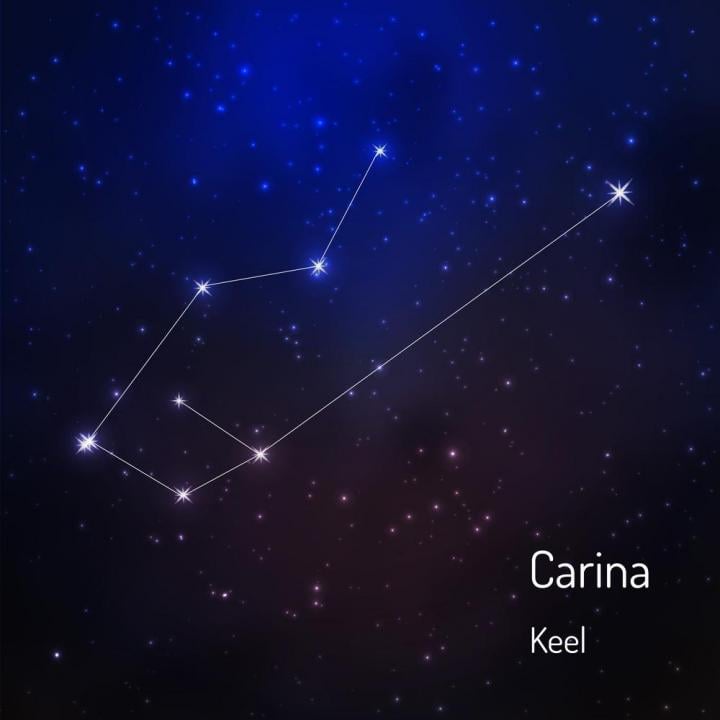
Foxyliam // Shutterstock
Carina
Located in the Southern Hemisphere, Carina was originally before Lacaille broke it up.

Dominic Ford // in-the-sky.org
Mystery constellation #22
This constellation shares a name with an animated Disney movie.
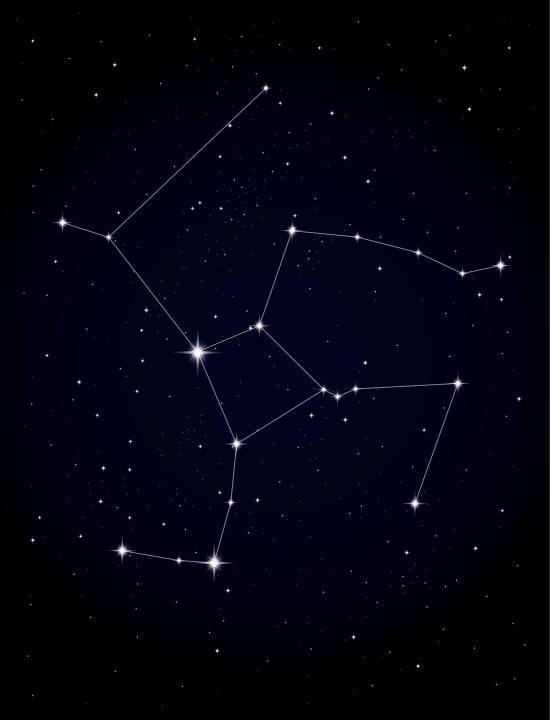
angelinast // Shutterstock
Hercules
Around for much longer than Disney’s “Hercules,” this constellation rests in the northern sky and can be seen most brightly in July. on Hercules’ torso: a ball of bright stars, 25,000 light years from Earth.

Dominic Ford // in-the-sky.org
Mystery constellation #23
This constellation is one of few second-century discoveries to have no specific mythological ties.
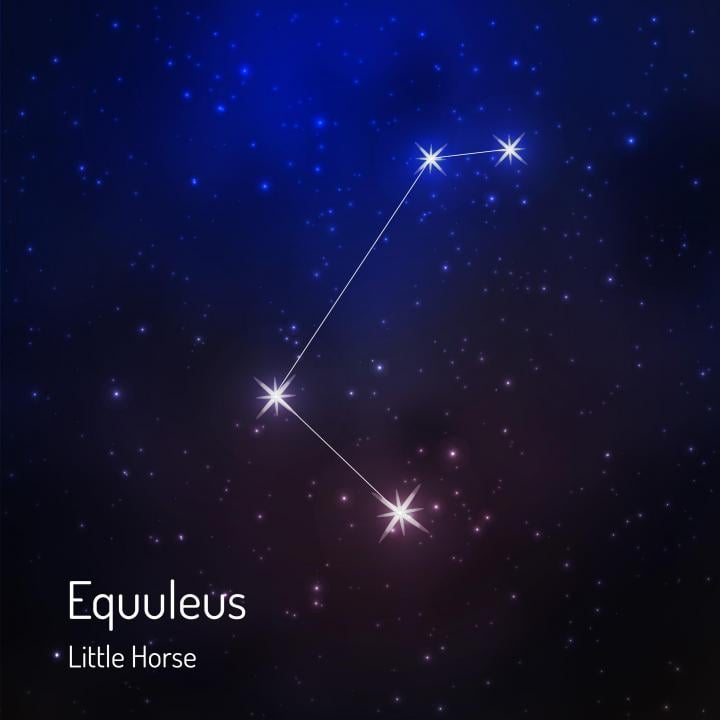
Foxyliam // Shutterstock
Equuleus
Although discovered by Ptolemy, —meaning “little horse”—was not named after one specific mythological character.

Dominic Ford // in-the-sky.org
Mystery constellation #24
This constellation is shaped by the faint outline of two fish.
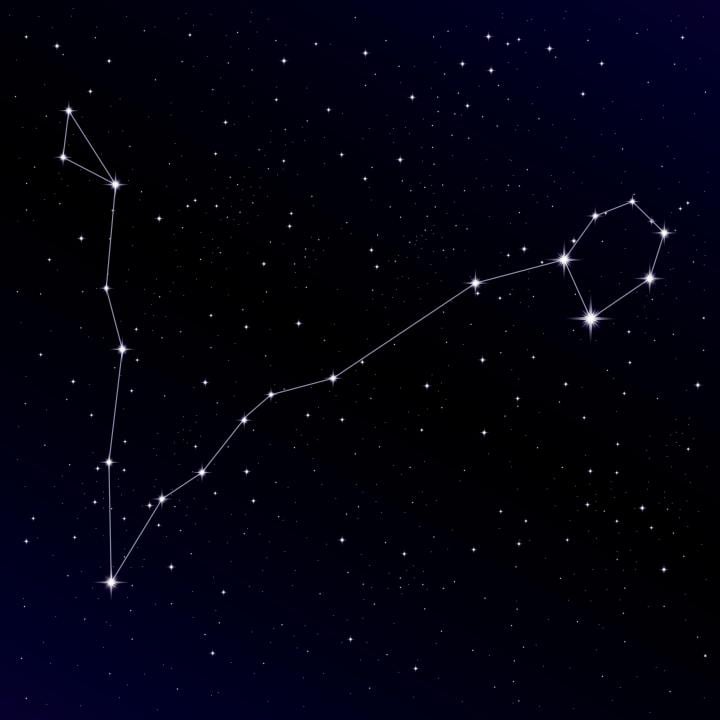
angelinast // Shutterstock
Pisces
With just , Pisces is faint compared to other zodiacal constellations. According to ancient Greek lore, the goddess Aphrodite and her son Eros turned into fish to escape a monster, tying themselves together with string to avoid being separated.

Dominic Ford // in-the-sky.org
Mystery constellation #25
This southern constellation’s Latin translation is “flying.”
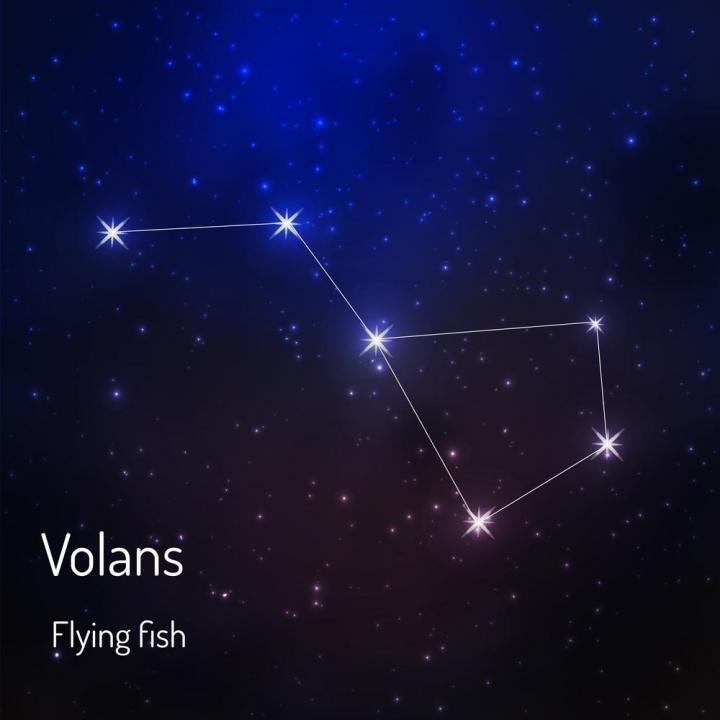
Foxyliam // Shutterstock
Volans
Discovered by Pieter Dircksz Keyser and Frederick de Houtman, Volans covers just 0.3% of the sky. The best chance of seeing it is on a moonless night in January.

Dominic Ford // in-the-sky.org
Mystery constellation #26
The Quadrantid meteor shower is found in this northern constellation.
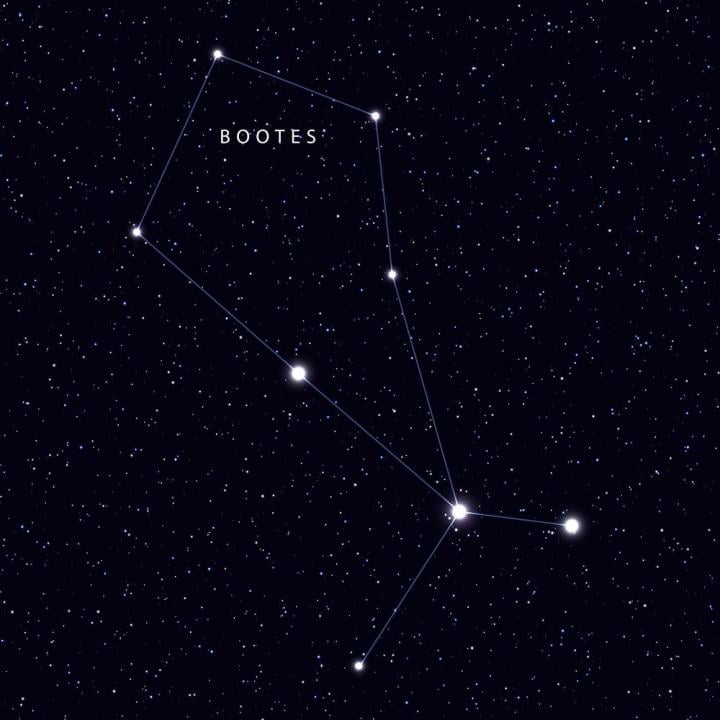
Lauritta // Shutterstock
Boötes
Each year as January begins, the sparks across the boundaries of Boötes. The third-brightest star in the sky, Arcturus, can also be found in Boötes.

Dominic Ford // in-the-sky.org
Mystery constellation #27
This zodiacal constellation used to be considered part of Scorpius.
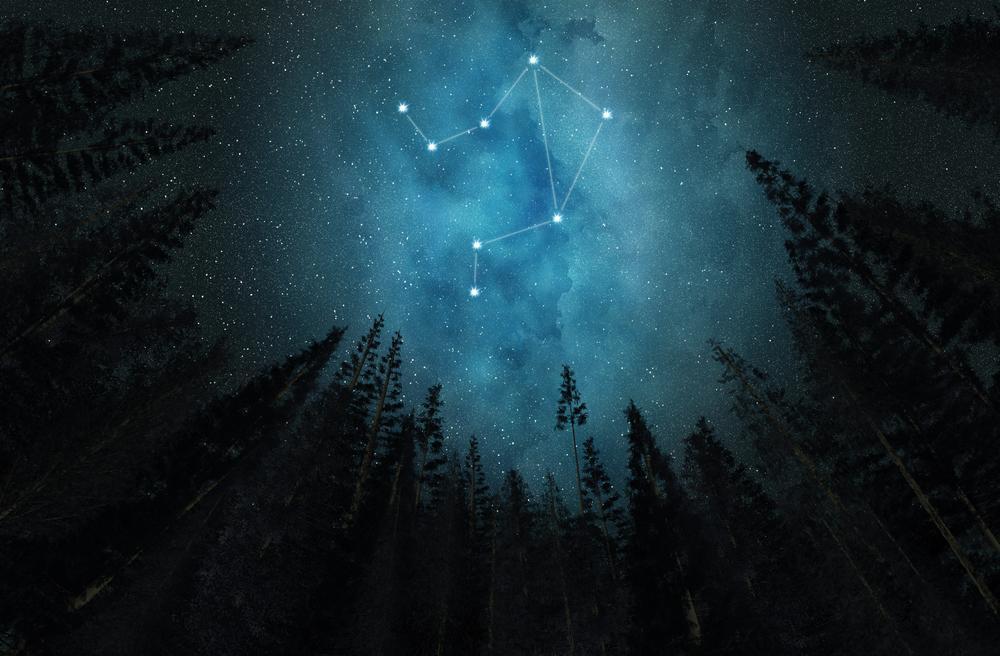
Roman Voloshyn// Shutterstock
Libra
Governing the months of September and October from – Libra was interpreted by the ancient Greeks to be the extended claws of a great scorpion. The Romans, however, saw it as two scales in the night sky, awarding the image most commonly known today.
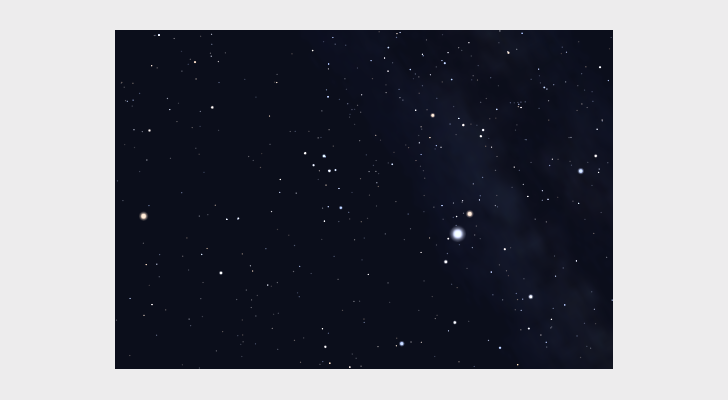
Dominic Ford // in-the-sky.org
Mystery constellation #28
The four brightest stars in this constellation form a diamond.
Delphinus
A small constellation, Delphinus’ brightest stars form the asterism known as First catalogued by Ptolemy, Delphinus has no astrological significance, but it does belong to the Heavenly Waters family of constellations, alongside Equuleus and Vela.

Dominic Ford // in-the-sky.org
Mystery constellation #29
This constellation contains Beta Pictoris: a star that may have neighboring planets.
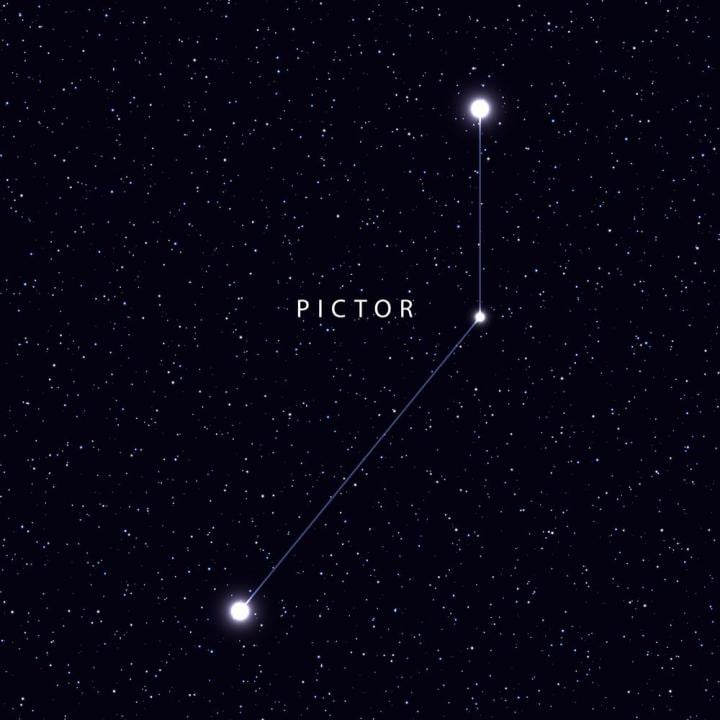
Lauritta // Shutterstock
Pictor
Catalogued by Lacaille in 1754, is a small constellation in the Southern Hemisphere. The aforementioned star, Beta Pictoris, is known for its surrounding unidentified debris, which may contain planets.

Dominic Ford // in-the-sky.org
Mystery constellation #30
The first recorded mentions of this zodiacal constellation are found in Babylonian catalogs.
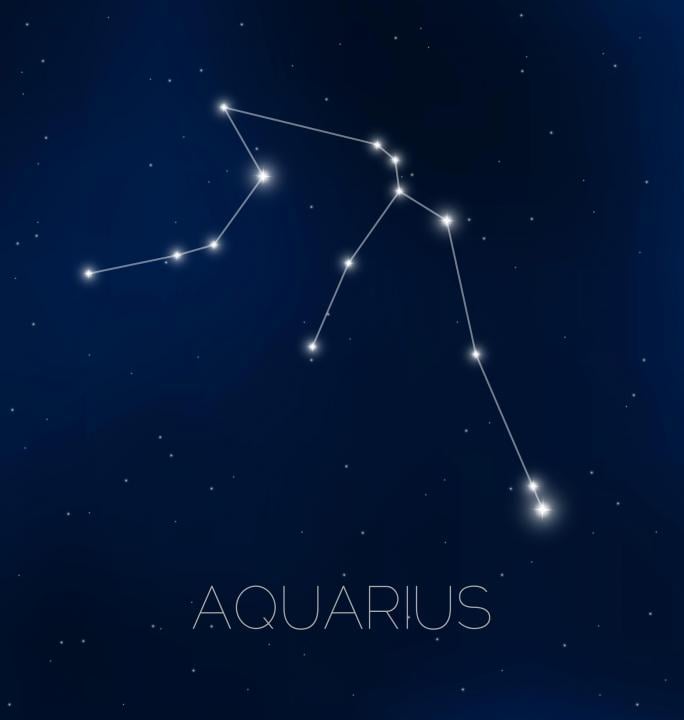
Hollygraphic // Shutterstock
Aquarius
Represented by the water element in Greek mythology, was a cupbearer to the gods. One of the oldest constellations, references to the constellation appear in the lore of many cultures.




